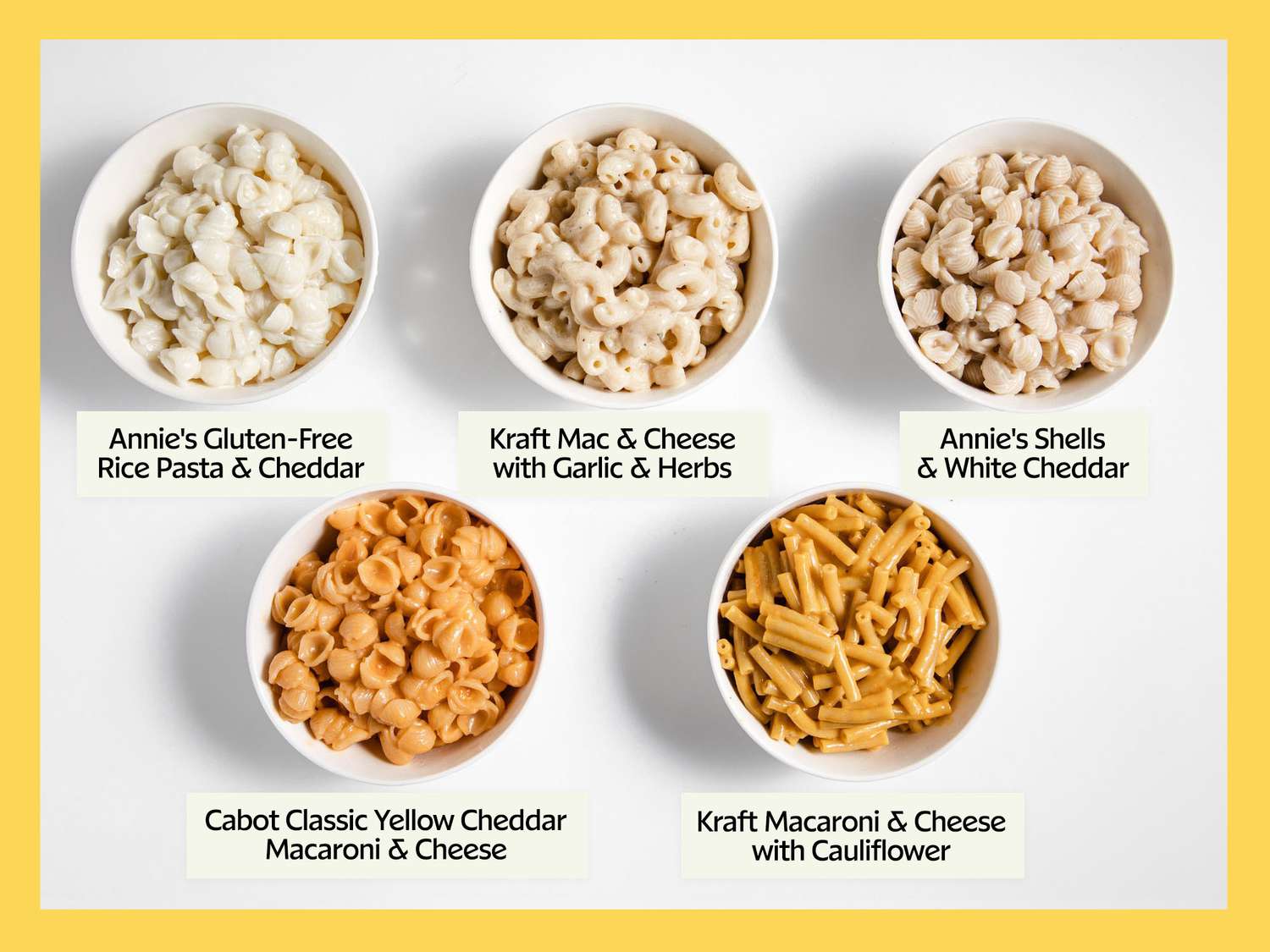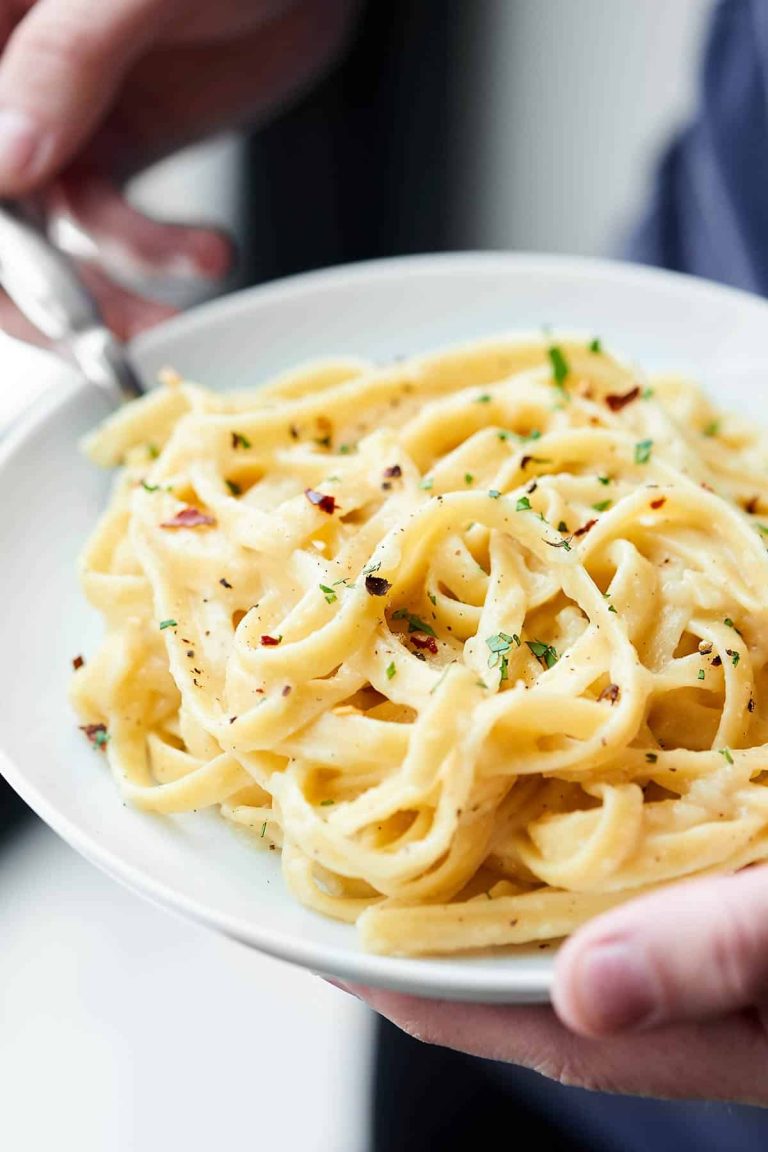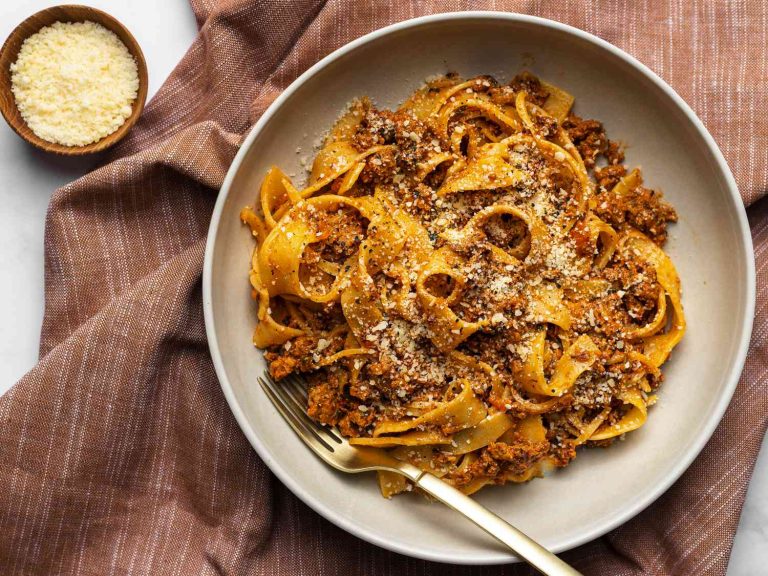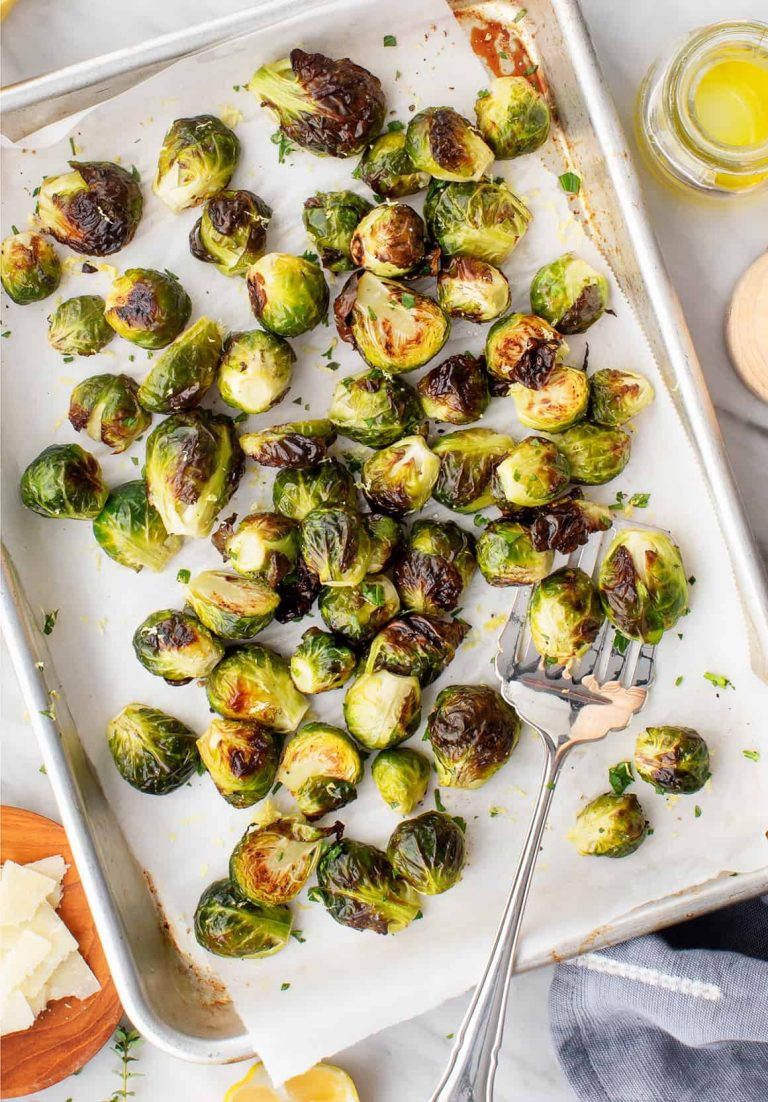Gluten Free Mozzarella Sticks: Perfect Recipe, Tips & Buying Guide
Gluten-free mozzarella sticks use specific ingredients to eliminate gluten. Key ingredients include mozzarella cheese, gluten-free breadcrumbs, and a binder like eggs. Gluten-free breadcrumbs come from rice, corn, or potato flour. Seasonings like garlic powder, onion powder, and Italian herbs enhance flavor. Oil is essential for frying, and an alternative like olive oil or canola oil works well.
Comparison With Traditional Mozzarella Sticks
Traditional mozzarella sticks often use wheat-based breadcrumbs, which contain gluten. In gluten-free versions, alternative breadcrumbs replace these. Both versions use mozzarella cheese and similar binders and seasonings. The cooking method—most commonly frying—remains consistent. Gluten-free mozzarella sticks offer a safe option for those with gluten intolerance without sacrificing taste or texture.
Benefits of Gluten Free Mozzarella Sticks
Health Benefits for Celiac and Gluten-Sensitive Individuals
Gluten-free mozzarella sticks offer safe consumption for those with celiac disease or gluten sensitivity. Individuals with these conditions experience adverse reactions when ingesting gluten, including digestive issues and inflammation. Consuming gluten-free versions eliminates the risk of such reactions, ensuring a pleasant dining experience. Using gluten-free breadcrumbs made from rice, corn, or quinoa enhances nutritional profiles, contributing to dietary needs without compromising on taste.
Broader Dietary Inclusion
Offering gluten-free mozzarella sticks includes more people in dining experiences. These sticks cater to various dietary preferences and restrictions, making them ideal for gatherings. They provide an accessible option for guests following gluten-free diets without singling anyone out. Preparing these mozzarella sticks demonstrates consideration for all dietary requirements, resulting in an inclusive and enjoyable meal experience for everyone involved.
Key Factors to Consider When Choosing Gluten Free Mozzarella Sticks
Flavor and Texture
Flavor and texture play crucial roles in the enjoyment of gluten-free mozzarella sticks. Authentic gluten-free options should mimic the taste and feel of traditional mozzarella sticks closely. High-quality mozzarella should offer a chewy texture, melting smoothly but not losing its form entirely. The breading, typically made from alternative flours such as rice or chickpea, must be crispy and golden-brown to match the traditional variant. Look for products that ensure a balanced seasoning to enhance overall flavor without overpowering the cheese.
Nutritional Value
Evaluating the nutritional value of gluten-free mozzarella sticks is important for maintaining a balanced diet. Compare the calorie count, protein, fat, and carbohydrate content per serving across different brands. Gluten-free options might use alternative ingredients that could affect these nutritional components. Check for added sugars and unnecessary additives, which could impact health negatively. Opt for sticks that provide a good source of calcium and protein while maintaining lower levels of saturated fats and sodium.
Price and Availability
Price and availability can vary significantly among gluten-free mozzarella sticks, influencing your purchasing decision. Prices may be higher due to specialized production processes and ingredients. Consider the cost per ounce or serving to determine value for money across brands. Availability can be an issue in some regions, so check if local grocery stores carry your preferred brand or if purchasing online is more feasible. Bulk buying or choosing store brands can offer cost-effective options without compromising quality.
Cooking and Serving Tips
Best Practices for Cooking
When cooking gluten-free mozzarella sticks, start by ensuring the oil is at the right temperature (350°F). This prevents sticks from absorbing excess oil and becoming greasy. Frying in batches allows even cooking and prevents the oil temperature from dropping. Use a paper towel to drain excess oil post-frying, ensuring crispiness. If baking, preheat the oven to 425°F and place the sticks on a wire rack over a baking sheet. This allows hot air circulation for even baking. Spray the sticks lightly with cooking oil to achieve a golden-brown crust. Flip halfway through for consistent browning.
Creative Serving Ideas
Serving gluten-free mozzarella sticks creatively enhances the dining experience. Offer various dipping sauces, such as marinara, ranch, and spicy aioli, to cater to different tastes. For a healthier option, pair with a fresh vegetable platter including carrot sticks, cucumber slices, and cherry tomatoes. Creating shareable platters with an assortment of gluten-free appetizers adds variety. You could also top your mozzarella sticks with herbs like parsley or basil and sprinkle with grated parmesan for added flavor and presentation. Use mini skewers to serve at parties, making them easy to handle and enjoy.
Conclusion
Creating gluten-free mozzarella sticks at home is a simple and satisfying way to enjoy this classic snack while accommodating dietary restrictions. By paying attention to flavor, texture, and nutritional value, you can find or make options that rival traditional mozzarella sticks. Remember to consider price and availability, and don’t hesitate to explore bulk buying or store brands for more affordable choices. With the right cooking techniques and creative serving ideas, you’ll elevate your gluten-free mozzarella sticks to a delightful culinary experience. Enjoy experimenting and savoring every crispy, cheesy bite!






